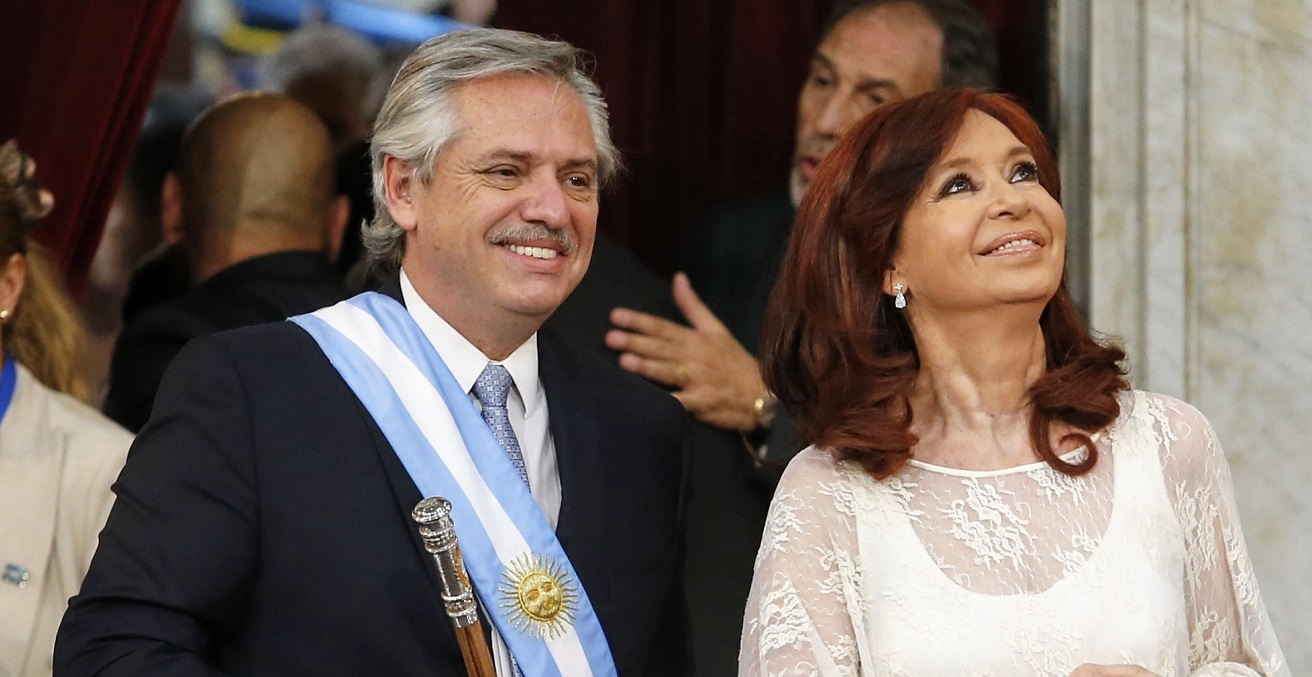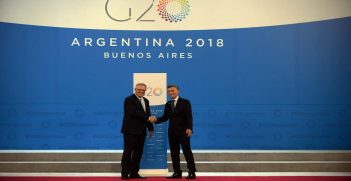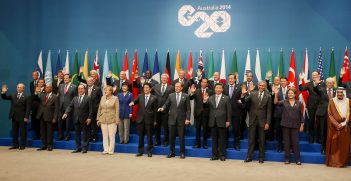Argentina’s Election Déjà Vu

In Argentina, both sides of the political spectrum have struggled with economic stagnation and an increasing debt burden. After a brief stint of economic liberalism, citizens have decided Peronist Alberto Fernandez is the most suitable candidate to rescue the country from its economic woes.
The election of Mauricio Macri in 2015 was a standout moment in Argentine history. It was the first time in 100 years that a centre-right party had been chosen to lead the country. Macri pushed out the prevailing Peronist Party that had dominated domestic politics since the 1940s. Likewise, since 2003 Argentina had been led by Kirchnerism, a branch of Peronist politics defined by the Kirchner family and their Peronist Justicilialist Party. Nestor Kirchner served from 2003 and was succeeded in 2007 by his wife Cristina Fernandez de Kirchner. She lost to Macri in 2015.
Macri and his Cambiemos Party were a distinct departure from the populist Peronist politics that championed nationalism, state intervention, and substantial welfare schemes. Macri was markedly divergent to his Peronist predecessors as he came from an elite family and was a successful, multi-millionaire businessman, having been the general manager of one of Argentina’s largest football clubs, the Boca Juniors.
Cambiemos’ victory in 2015 can be viewed in light of the social inequality which defines Latin American countries. The Peronists represent the working class of Argentina, whereas Macri is conservative and aligns with Argentina’s upper echelons and business elite.
Macri’s victory was seen globally as an opportunity to turn Argentina’s economy around from years of economic stagnation. The platform of Cambiemos was the promise they would open Argentina back up to the world and make the country an attractive destination for foreign investment again. In order to achieve this, Macri vowed to reduce many of the country’s protectionist measures which had been introduced by the Kirchners, but were also one of the sources of the country’s economic woes. These measures were intended to strengthen local agriculture and manufacturing, but instead crippled domestic markets and isolated the country from the international trading sector. Macri likewise pledged to reduce the country’s public debt (US$12.7 billion in 2015), eliminate poverty, reduce the country’s ballooning inflation, remove currency exchange controls, and float the Argentine peso. None of these were simple problems to fix.
Ultimately, the 2015 election morphed into a simple question of choosing who would be best suited to overhaul Argentina’s persistent economic issues. Macri’s victory was interpreted by external observers as a fresh face tasked with reviving the country after years of Kirchnerism. However, things seem to have worsened during his leadership: unemployment increase to ten percent and the poverty rate had risen from 29 percent to 35 percent by the end of his tenure. Consequently, by 2019 there was a strong sense of disillusionment for many with Macri, perhaps creating a desire to return to the safety net or familiarity of Peronism.
When the 2019 elections rolled around, this simple question resurged: who was best suited to alleviate Argentina’s economic problems? Despite his election assurances, for many Argentines it was a struggle to determine whether Macri had, in fact, delivered any of his campaign promises to restore the national economy. The Argentine Peso was successfully floated in 2017, but by 2019, Macri had reinstated currency controls to combat unmanageable inflation. During the election year, Macri successfully sought a $56 billion bailout from the IMF.. This enraged many of his constituents as it was exactly the situation the country had been desperate to avoid and proved to be the final nail in his coffin.
Many viewed Macri’s tenure as an experiment in economic liberalism for Argentina, one which was ultimately unsuccessful. The Justicialist presidential candidate Alberto Fernandez and his running mate, former President Cristina Fernandez de Kirchner (no relation), were able to capitalise on this dissatisfaction to aid their victory. Reminiscent of 2015, Argentina voted for who they believed would be best suited to lead them out of yet another economic crisis. Macri had proven that his methods were ineffective, paving the way for the return of Kirchnerism. The Kirchnerists were able to position themselves as the more experienced, more desirable option.
Alberto Fernandez’s success was not without its concerns and controversies. The Justicialist Party and the Kirchner family have been riddled with allegations of corruption and flouting the rule of law, and have been blamed globally as the source of the country’s long-term decline. Now-Vice President Fernandez de Kirchner has been engaged in a years-long conflict with several national media conglomerates. In 2015 when Fernandez de Kirchner left office, she was at the centre multiple accusations of corruption and remains a divisive figure in Argentine politics. However, she remains an influential national figure who clearly maintains a strong support base of voters. Fernandez positioned himself as a more moderate Peronist than his running mate, making him more appealing to a wider base of voters while allowing Fernandez de Kirchner to return to the Pink House.
Fernandez possesses an “advantage” over Macri which aided in his election: experience in handling Argentina’s all too familiar debt crises. As part of Nestor Kirchner’s administration, Macri was a key figure in negotiating the 2005 debt restructuring following Argentina’s 2001 economic breakdown. Fernandez was able to force private creditors to accept a 70 percent cut in payments and severed the country’s ties with the IMF (until 2019). However, this time around, Argentina and the present international situation is wholly different, and Fernandez will not be able to use a “cut and paste” response. Any attempt to do so may be catastrophic for the country’s economy.
Argentina’s debt crisis will be one of the Fernandez administration’s biggest challenges. He pledged to be more fiscally cautious than Macri’s administration. Upon assuming office, he immediately began talks with the IMF to renegotiate the repayment deal. Yet, Argentina’s ability to repay has inevitably already been tested by the COVID-19 crisis. Fernandez’s administration has announced social security payments for those affected and the elimination of several taxes, including those on the import of medical goods. On 25 March, the World Bank announced it will lend $300 million to Argentina over the next two years, further increasing Argentina’s debt. The government’s handling of the COVID-19 pandemic has been commended so far, but citizens may not praise the government as much when they realise the increased debt load the country will be facing following the crisis.
Both Mauricio Macri and Alberto Fernandez promised they would rebuild Argentina’s economy without resorting to old, ineffective methods. Macri already proved his shortcomings in achieving this promise by resorting to the government’s previous ways – protectionism, currency controls, and money printing – that only served to further depress Argentina’s economy. With another imminent debt crisis looming and the current pandemic, Fernandez’s government needs to develop fiscal policies which address the fundamental issues in the Argentine economy and extract the country from the self-sabotaging cycle Argentine politics seems locked in.
Ludmilla Nunell is a former intern with the NSW Division of the Australian Institute of International Affairs.
This article is published under a Creative Commons Licence and may be republished with attribution.





